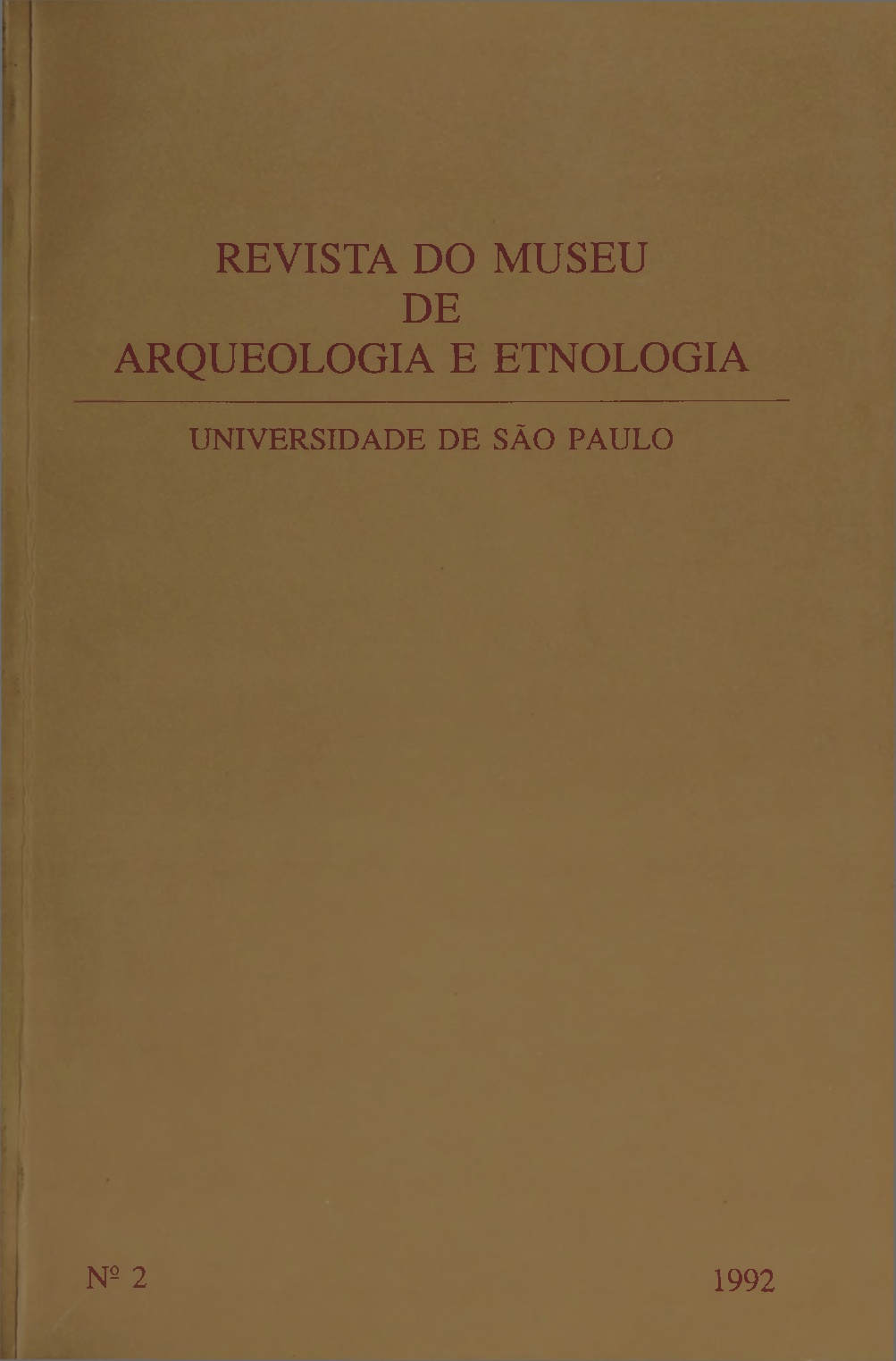Archaeological, ethnoarchaeological and ethnohistorical contributions to the study of tribal groups in Central Brazil: the Bororo case
DOI:
https://doi.org/10.11606/issn.2448-1750.revmae.1992.108990Keywords:
Archaeology, Ethnoarchaeology, Ethnohistory, Bororo Indians of Mato Grosso, Central BrazilAbstract
Archaeological, ethnoarchaeological and ethnohistoric evidence suggest that the Bororo Indians of the southeast of Mato Grosso resulted from the fusion of distinct cultural and ethnic groups. The cultural rupture with the prior agriculturalists of Uru tradition in the area is explained in terms of internal and external pressures and
political predominance of an incoming minority bearing new subsistence strategies, settlement pattern, and technology fostering a social order on a higher level of regional integration, dramatically interrupted in consequence of the first direct contacts with national society.
Downloads
Downloads
Published
Issue
Section
License
Copyright (c) 1992 Irmhild Wüst

This work is licensed under a Creative Commons Attribution-NonCommercial-NoDerivatives 4.0 International License.













